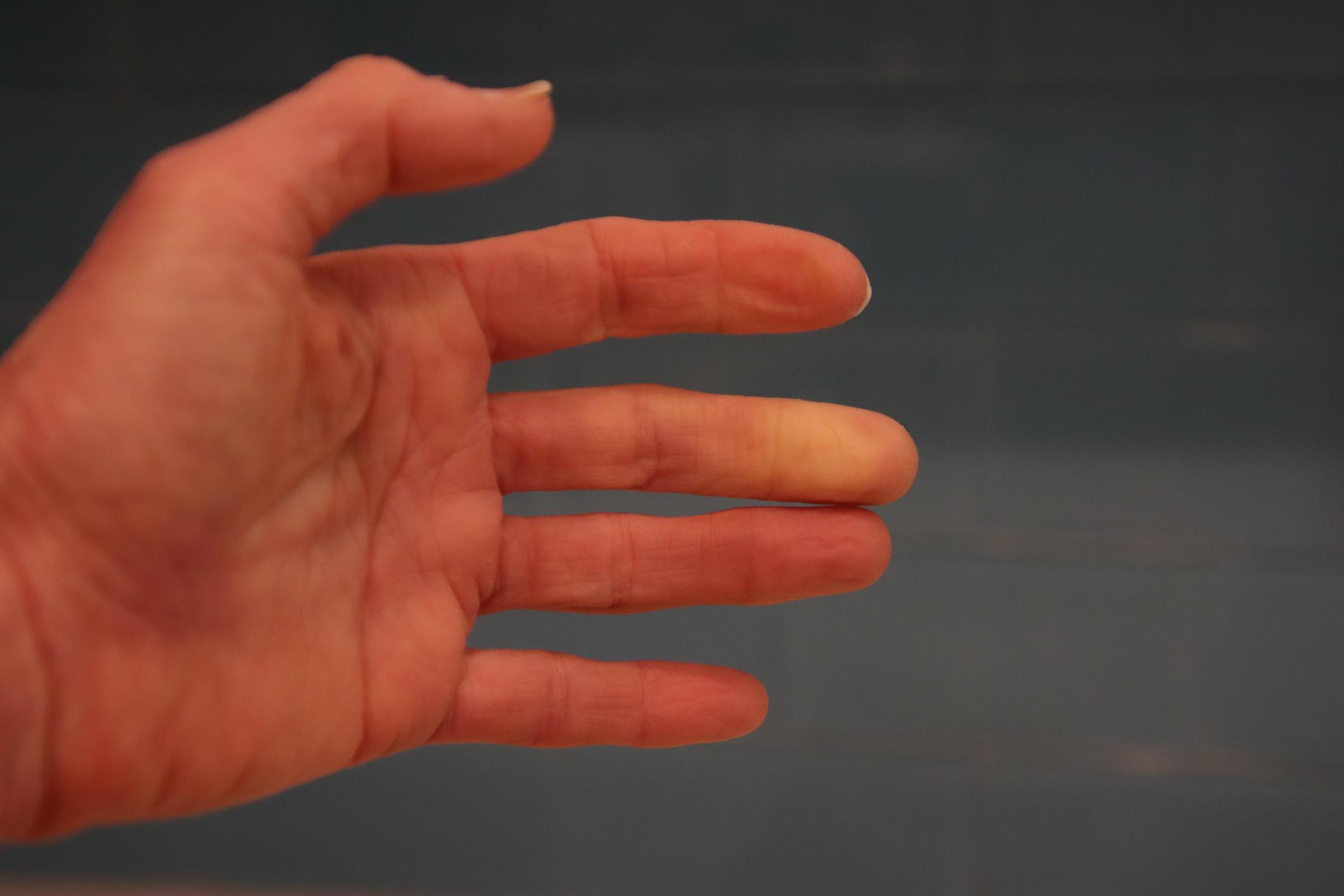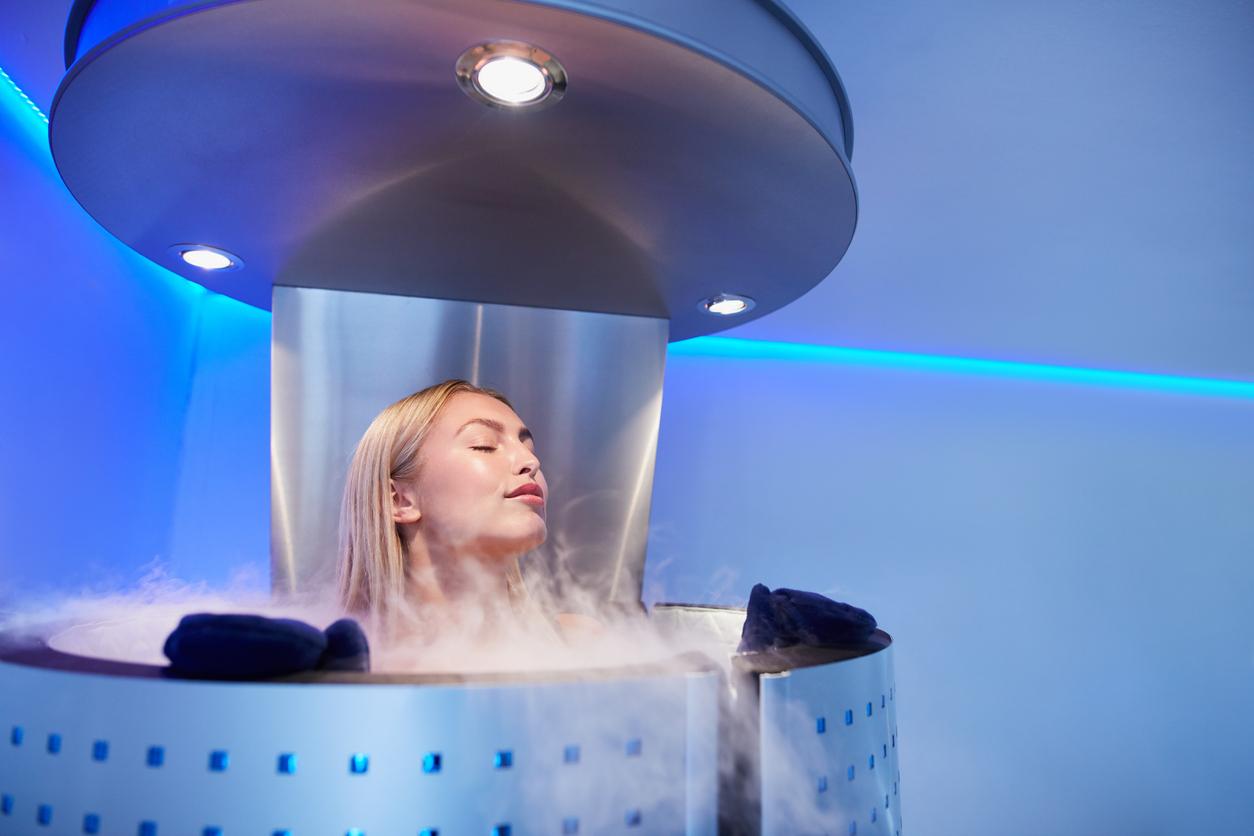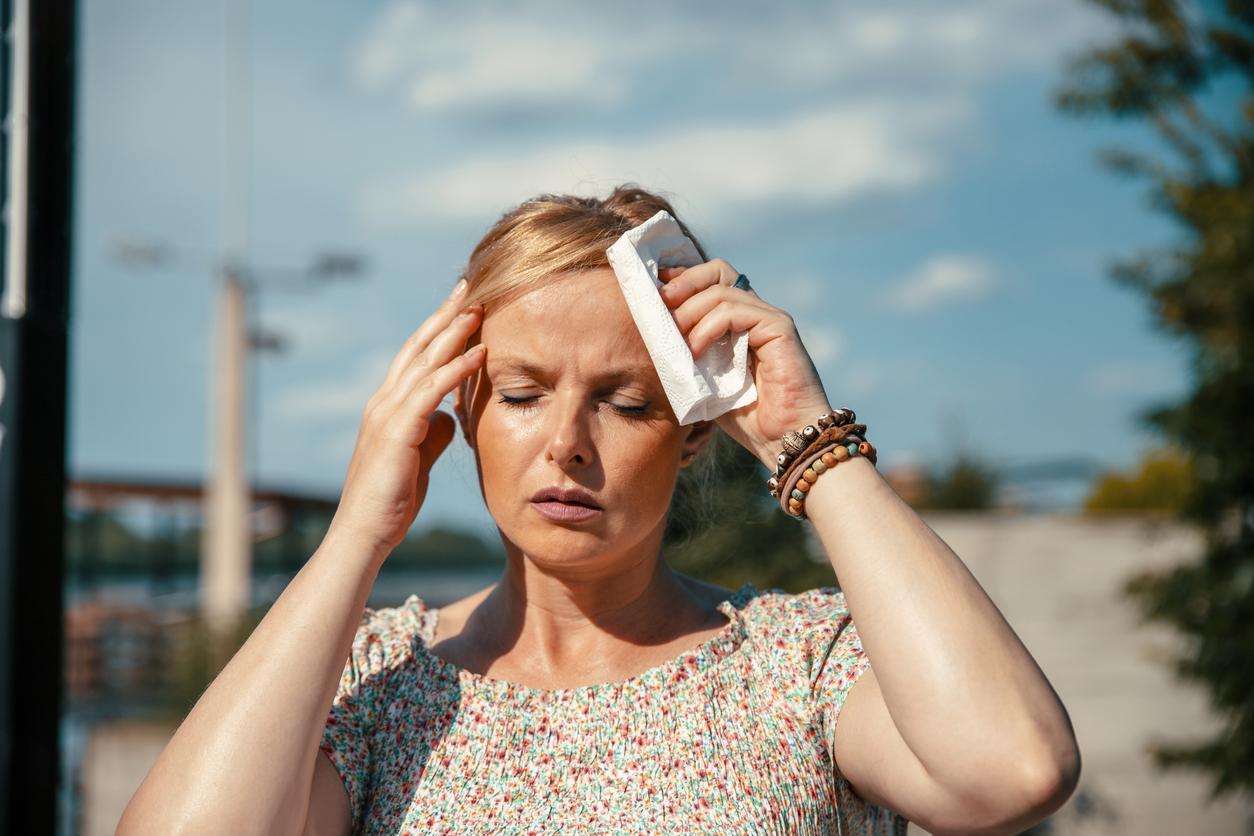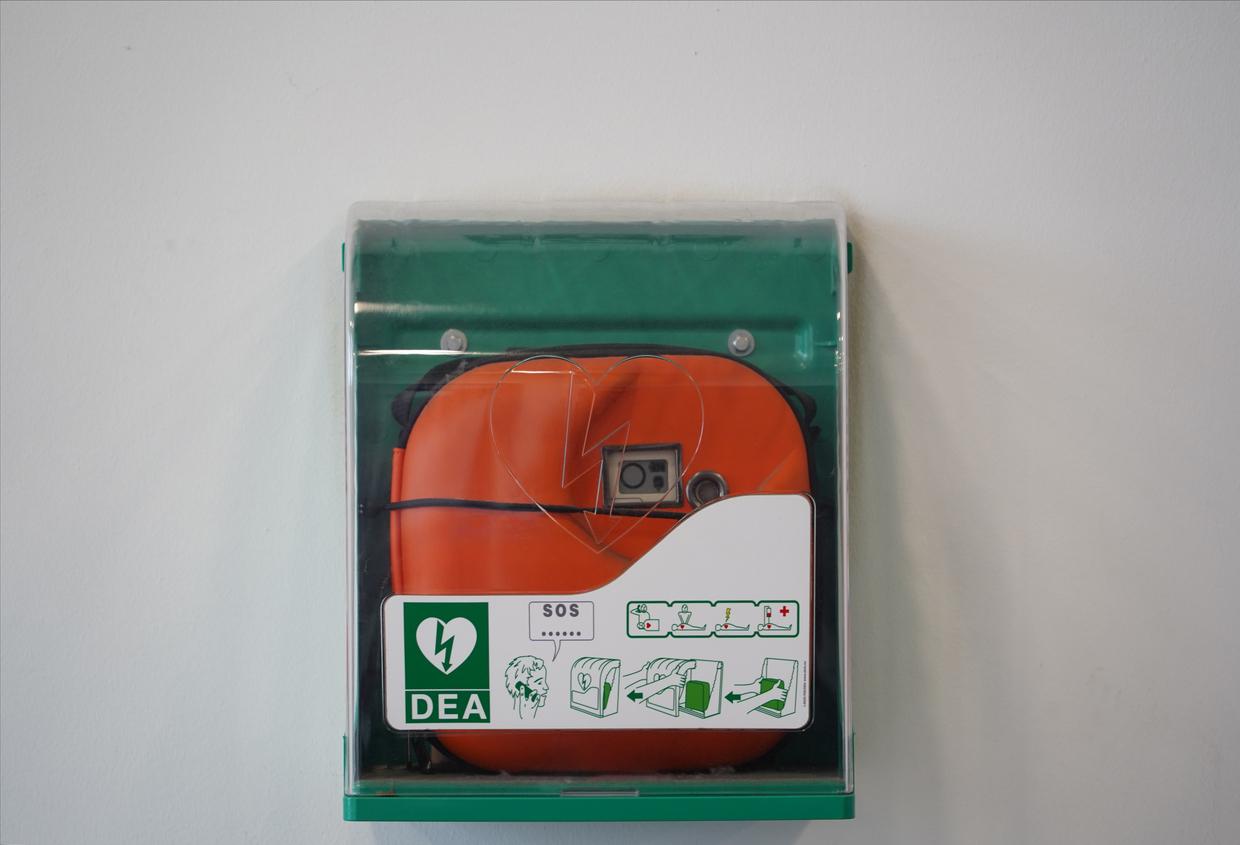Some people’s fingers turn white and numb when the temperature drops. Raynaud’s disease could be the cause of this reaction. Why does the doctor explain this pathology affecting the extremities to you?
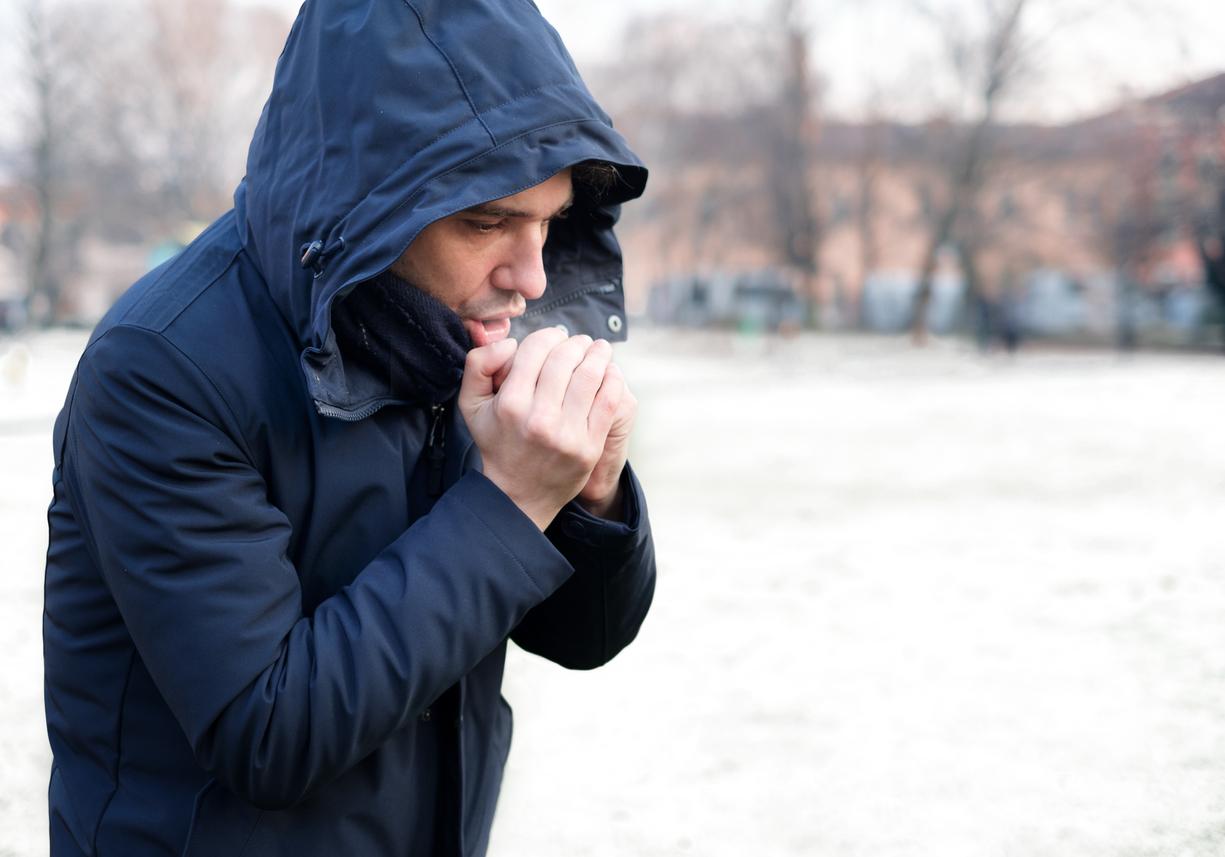
- Raynaud’s disease affects approximately 6% of women aged 25 to 40.
- Triggered most often by exposure to cold, the origin of the syndrome is unknown in 90% of patients.
- In case non-drug measures are ineffective, doctors may prescribe calcium channel blockers to dilate the arteries.
In winter, hands and feet can be cold. But when this reaction intensifies and becomes painful, it may be Raynaud’s disease. It is a paroxysmal blood circulation disorder of short duration. This pathology most often develops during adolescence; it is not serious but can affect the quality of life of patients.
Effects on the extremities
This condition is usually caused by exposure to cold. But stress, temperature changes, smoking or exposure to humidity can also cause seizures. Raynaud’s syndrome mainly affects the fingers which become white, cold, less sensitive and painful. The toes, nose and ears are sometimes affected by this circulation disorder.
“It is a vasomotor disorder, due to the temporary contraction of blood vessels (vasoconstriction) which deprives the extremities of blood and oxygen supply.). This abnormal, sudden and temporary cessation of arterial circulation is responsible for the occurrence of symptoms“, explains Health Insurance.
What are the causes of Raynaud’s disease?
In 90% of cases of Raynaud’s syndrome, the cause is unknown. In the rest of the cases, it is caused by arterial disease, an autoimmune pathology or certain medications such as beta-blockers.
When a patient develops symptoms suggestive of Raynaud’s disease, they should consult their doctor to confirm the diagnosis. The healthcare professional will look for the source of the clinical symptoms. He may order blood tests if symptoms worsen. Other examinations are possible: a Doppler ultrasound of the arteries of the upper limbs or a periungual capillaroscopy (i.e. observation of the small blood vessels in the fold of skin covering the base of the fingernails).
What treatments for Raynaud’s syndrome?
Certain precautions must be taken to reduce the frequency and intensity of the symptoms of this blood circulation disorder. It is necessary to use mittens to protect your hands from cold and humidity. It is also recommended to massage your fingers and avoid sudden changes in temperature. During attacks, people with Raynaud’s syndrome can warm their hands and feet with a basin of lukewarm water. Be careful, however, with water that is too hot, which could cause burns.
Depending on the cause of Raynaud’s disease, treatment varies. In case non-drug measures are ineffective, doctors may prescribe calcium channel blockers to dilate the arteries as well as vasodilators to increase blood caliber.










